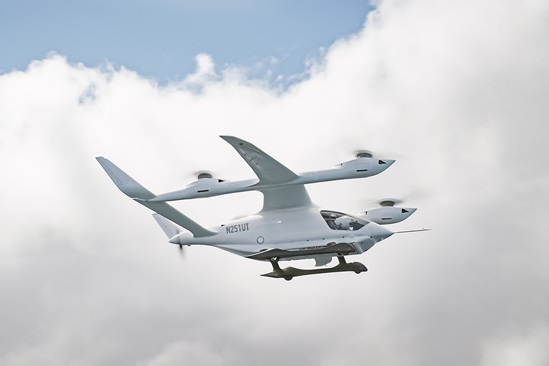In-flight fire not to blame for electric aircraft accident
Magnus eFusion preliminary report issued
Despite widespread media reports that a Magnus eFusion was on fire when it crashed this May in Hungary, the country’s transportation safety agency said in its preliminary report that the aircraft appeared to be operating normally.
The Magnus eFusion crashed near the Pecs-Pogany Airport on May 31 of this year, killing both occupants. Multiple press reports said the aircraft was on fire before it crashed. Fire, presumably from the on-board batteries, is a key safety concern of electric propulsion.
The accident had raised fears among the fledgling electric propulsion community of an uncontained fire in what had been a successful airplane. The eFusion had more than 200 hours on the airframe when it crashed.
A Siemens electric motor was installed as the power source, and the company is not commenting on the accident, although it did readily cooperate with investigators.




